
The Communist Party of Indonesia was a communist party in the Dutch East Indies and later Indonesia. It was the largest non-ruling communist party in the world before its violent disbandment in 1965. The party had two million members in the 1955 elections, with 16 percent of the national vote and almost 30 percent of the vote in East Java. During most of the period immediately following the Indonesian Independence until the eradication of the PKI in 1965, it was a legal party operating openly in the country. After 1965, the party has since been declared as illegal and its activities are considered treason and terrorist by the Indonesian government.
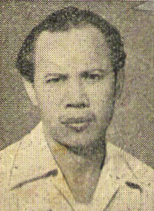
Muhammad Hatta Lukman was an Indonesian communist politician, who served as the First Deputy Chairman of the Central Committee of the Communist Party of Indonesia (PKI), and a member of the People's Representative Council from 1956 until 1959. He was executed following the 1965 crackdown on the PKI.
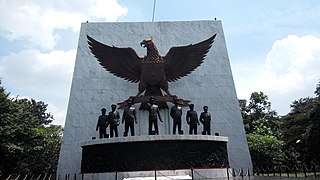
The Thirtieth of September Movement was a self-proclaimed organization of Indonesian National Armed Forces members. In the early hours of 1 October 1965, they assassinated six Indonesian Army generals in an abortive coup d'état. Later that morning, the organization declared that it was in control of media and communication outlets and had taken President Sukarno under its protection. By the end of the day, the coup attempt had failed in Jakarta. Meanwhile, in central Java there was an attempt to take control over an army division and several cities. By the time this rebellion was put down, two more senior officers were dead.
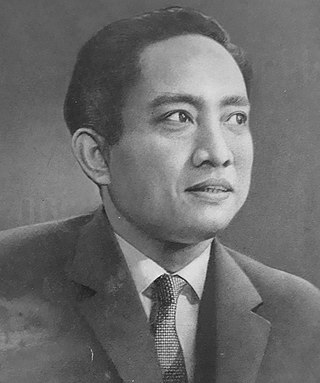
Dipa Nusantara Aidit was an Indonesian communist politician, who served as General Secretary of the Communist Party of Indonesia (PKI) from 1951 until his summary execution during the mass killings of 1965–66. Born on Belitung Island, he was nicknamed "Amat".

Madiun is a landlocked city in the western part of East Java, Indonesia, known for its agricultural center. The city has been administratively separate from the surrounding Madiun Regency since the formation of the two bodies in 1950, but the city remained the seat of the regency administration until 2010. Madiun is commonly known as "Kota Gadis", which is an acronym for "Trading, Education and Industrial City" in Indonesian and sometimes known as Milaan van Java in Dutch language.
Kamaruzaman Sjam, also known as Kamarusaman bin Achmad Mubaidah and Sjam, was a key member of the Communist Party of Indonesia who was executed for his part in the 1965 coup attempt known as the 30 September Movement.

Lukman Njoto or Njoto was a senior national leader of the Communist Party of Indonesia (PKI), who joined the party shortly after the country's declaration of independence, and was killed following the 1965 coup attempt.
The history of trade unions in Poland began with the formation of the Trade Union of Mechanical Engineers and Metal Workers in 1869. By 1906, there were over 2,000 trade unions nationally, and many divisions among them.

The Labour-Farmer Party was a political party in the Empire of Japan. It represented the left-wing sector of the legal proletarian movement at the time. Oyama Ikuo was the chairman of the party. At the time the party was banned by the government in 1928, it was estimated to have around 90,000 members in 131 local organizations. The party was supported by the Hyōgikai trade union federation and the Japan Peasant Union.
Sentral Organisasi Buruh Republik Indonesia was an Indonesian trade union centre. SOBRI was founded in Bandung in 1951. SOBRI functioned as the trade union wing of the Murba Party.
The Estate Workers Union of the Republic of Indonesia was a trade union of plantation estate workers in Indonesia. As of the late 1950s, it was the largest trade union in the country. Sarbupri was affiliated to the trade union centre SOBSI, which was linked to the Communist Party of Indonesia.
Serbaud, short for Serikat Buruh Angkatan Udara, was a trade union of air transport employees and workers in Indonesia. Serbaud was affiliated to the trade union centre SOBSI, which was linked to the Communist Party of Indonesia. Serbaud was estimated to have less than 3,000 members.

The Central All-Indonesian Workers Organization was the largest trade union federation in Indonesia. Founded during the period of the country's independence in the late 1940s, the federation grew rapidly in the 1950s. It was initially formed with loose connections to the Communist Party of Indonesia (PKI) and with members from other parties, but over time, the PKI became dominant in the organisation. With the introduction of President Sukarno's guided democracy in the late 1950s, SOBSI was formally recognised and given a place in the national decision-making structures. In the 1960s, SOBSI came into conflict with the Army, whose officers controlled the country's state enterprises. After the 1965 coup that subsequently produced Suharto's New Order regime, SOBSI was declared illegal, its members killed and imprisoned and most of the leadership executed.
Fadjar Harapan was a short-lived Indonesian pioneer organization, linked to the Communist Party of Indonesia (PKI). Fadjar Harapan was founded in 1959, albeit that there already was an existing Scouting movement initiated by the Communist Party. However, the organization was officially not connected to any political party and was open to all children between the ages of six and thirteen. The initiative to found the new organization was taken by the party leader Aidit. Cadres of the Communist Party and Pemuda Rakjat were given the task to study how pioneer movements functioned in other countries, but adapting Fadjar Harapan to Indonesian conditions.
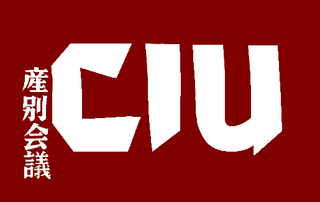
Sanbetsu (産別) was a Japanese trade union centre between 1946 and 1958. When it was founded in 1946 it emerged as the main force in the Japanese post-war labour movement and led a campaign of militant strikes. However, it suffered a major backlash after only a few months in existence when a planned general strike was aborted. Internal divisions followed, and the organization was never able to recover its initial strength.
Kehidupan Partai was a journal issued in Djakarta by the Agitprop Department of the Central Committee of the Communist Party of Indonesia (PKI). The publication was initially known as PKI-Buletin. The publication was mainly intended for party members. Kehidupan Partai carried short articles from different regions of the country, dealing with local experiences of various aspects of party activism. It also carried important statements from the party leadership as well as news from communist movements abroad.
A communist front is a political organization identified as a front organization, allied with or under the effective control of a communist party, the Communist International or other communist organizations. It is a structure used by Communist and left-wing parties to intervene in broader political movements. They attracted politicized individuals who were not party members but who often followed the party line and were called fellow travellers.
Oloan Hutapea, also known as B. O. Hutapea, was a high-ranking member of the Indonesian Communist Party and one of its major theoreticians during the height of its power, and was leader of a clandestine wing of the party in 1967-8 during the Transition to the New Order.
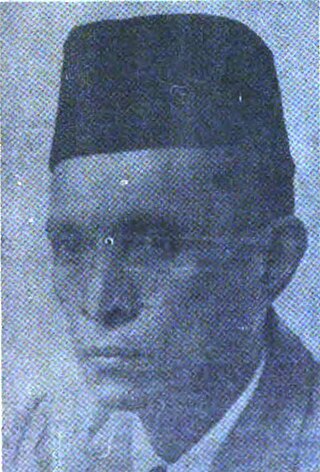
Abdullah Aidit was an Indonesian politician and civil servant who served as a member of the Provisional People's Representative Council. He was the father of D. N. Aidit, chairman of the Indonesian Communist Party who was executed in 1965 following the 30 September Movement.









